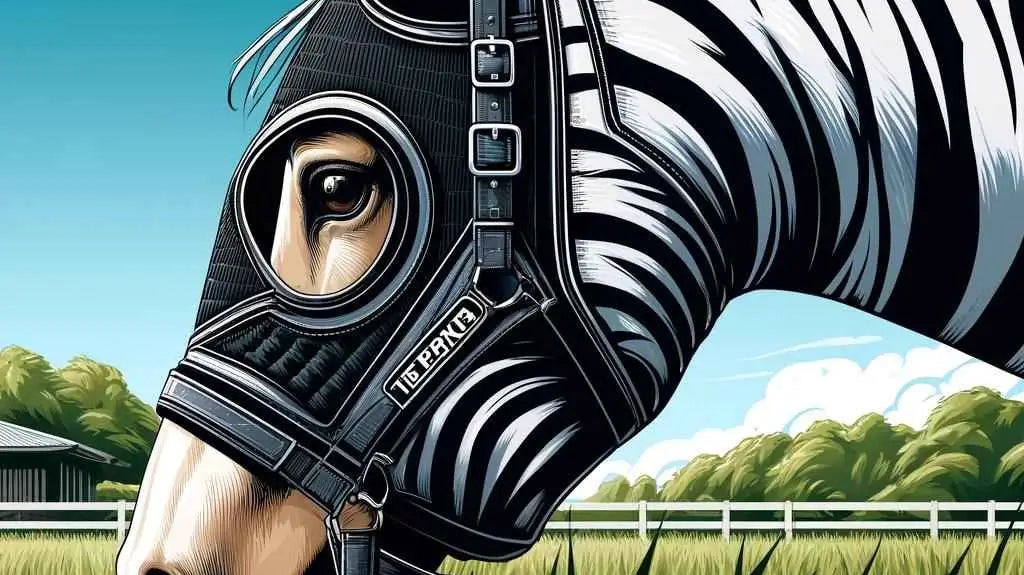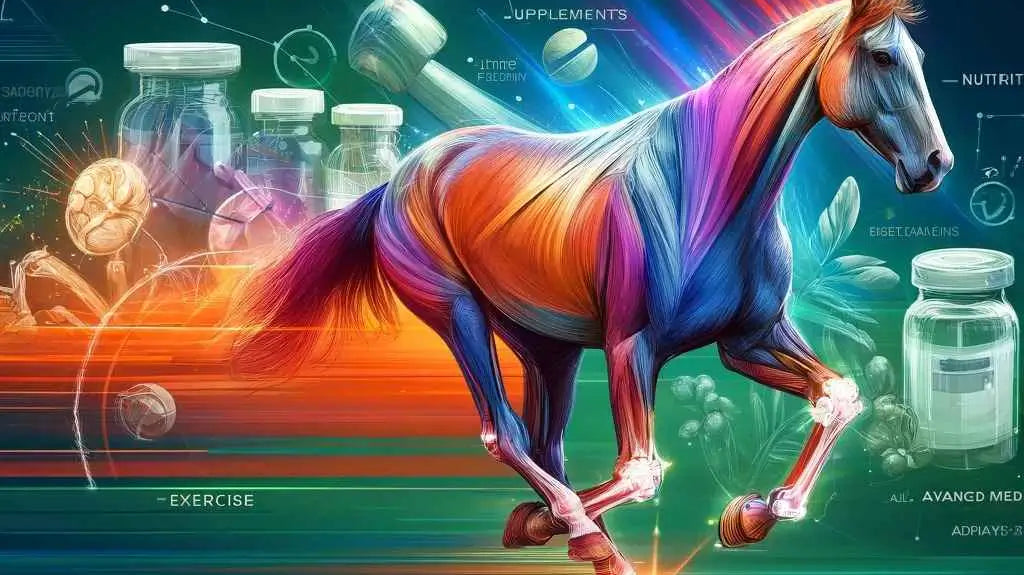The Equine Strangles Outbreak in Ontario: A Concern for Thoroughbreds and the Horse Racing Industry
The peace and tranquility of Wellington County, Ontario have been disturbed by some unfortunate news. A 10-year-old Thoroughbred gelding in the area has tested positive for strangles (Streptococcus equi subspecies equi). Three additional horses have also developed a horse-like cough and turned their noses up at snack time, causing suspicions of the same infectious disease.
All You Need to Know About Strangles
Strangles, despite its shocking name (or because of it), is a highly contagious infection that primarily affects horses. Dire consequences include fever, swollen or abscessed lymph nodes and most notably, difficulty swallowing. Those with a love for horse racing in Ontario and internationally will know that this means races can become the Silent Derbies – a race devoid of the mighty neighs of the competitors. More seriously, however, strangles can lead to severe economic loss due to quarantine measures, treatment costs, and, in unfortunate cases, fatalities.
Fighting Strangles: Veterinarians to the Rescue
The war against strangles isn’t being fought single-hoovedly. Our trusted veterinarians are on the frontlines, diagnosing the infection through clinical signs and lab tests faster than a horse can gallop 100 meters. Once confirmed, treatment starts right away. This usually involves supportive care (and lots of comfort carrots) as well as antibiotics to combat the infection.
While the cavalry, in the form of a vaccine, exists, it's not always the white knight we hope it to be. Its effectiveness can sometimes gallop away into the sunset, leaving us staring wistfully after it. For this reason, high hygiene standards and rigorous quarantine procedures for new entrants to the herd play a crucial role in preventing the spread of strangles.
Preventing Outbreaks with Biosecurity Measures
Stables, which are essentially the horses’ kingdoms, must implement strict biosecurity measures. The implementation process is simple and straightforward, but crucial:
- Quarantine new horses: No mingling for at least 14 days, giving any potential infection time to become apparent.
- Maintain high hygiene standards: Just like mom used to say, "Cleanliness is next to horse-healthiness." Regular disinfection of stalls, water buckets, and equipment is essential.
- Regular vaccination: Though it might not guarantee full protection, it can help to build immunity.
- Limit contact between horses: As painful as it may be, less nuzzling and shared hay stacks are advisable, especially during an outbreak.
Implications for the Horse Racing Industry
It's not just the health of our four-legged friends at risk here. The industry can get struck right in its coin purse. Quarantines effectively bar horses from training and races, leading to lost potential earnings. Then there's the treatment cost. Depending on the severity of the disease, a single case of strangles can burn a hole in the wallet, costing anywhere between $1,000 to $5,000 (Equine Disease Quarterly).
In conclusion, this outbreak reminds us of the importance of being ever-vigilant and proactive in preventing the spread of such contagious diseases. Keeping our horses healthy is more than just an industry necessity – it's a mark of respect and care towards these dignified creatures. Further research will undoubtedly continue to improve our understanding and ability to combat strangles.
Remember, a healthy horse is a happy horse, and a happy horse is a fast horse.
References:
Equine Disease Quarterly. (n.d.). Strangles. Retrieved January 11, 2023, from https://www.equinediseasequarterly.com/diseases/strangles/strangles.asp




